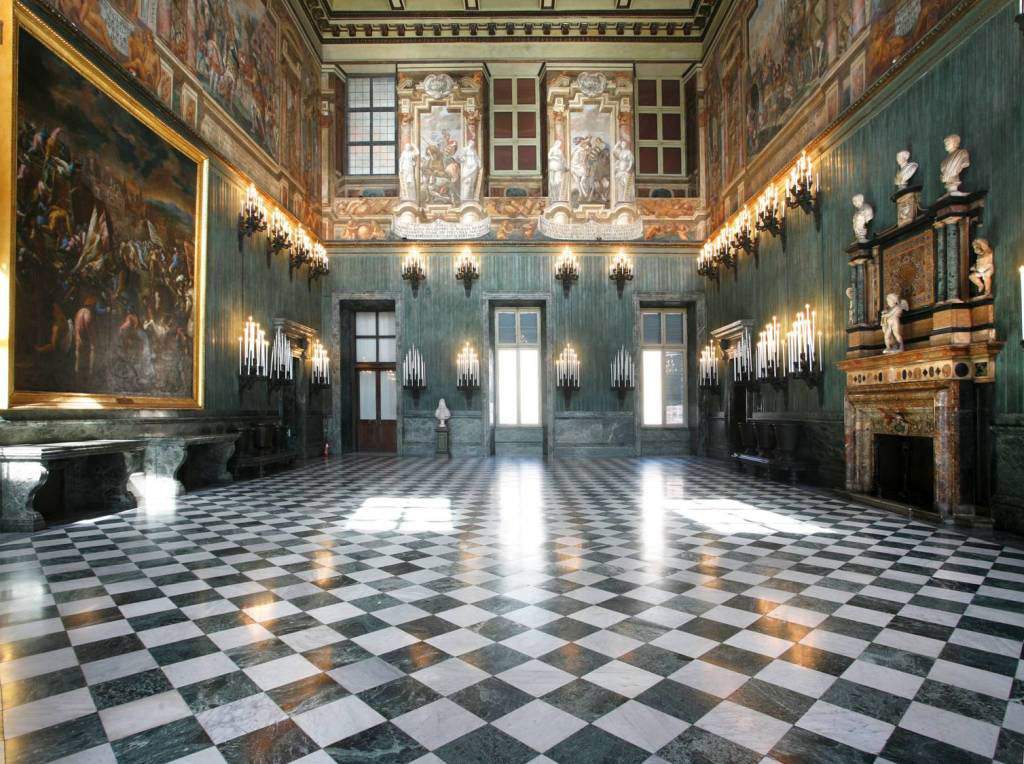Five out of 10 citizens do not know their city's museums. A survey of museum audiences
Most of the inhabitants of our cities do not know or have never visited their museums: this is the result of research by the Milan Polytechnic, commissioned by the Royal Museums of Turin, the Ducal Palace of Mantua and the Estensi Galleries of Modena and Ferrara. The research, aimed at co-creating a measurement system capable of quantifying the museum’s contribution to value creation, was carried out on a sample of 622 inhabitants of the cities of the three museums, and interviews were conducted in third locations in the cities (squares, shopping malls, parks, gardens): 29% of the public knows the relevant museum, has already been there and would return, 6% know the museum and have been there but would not return, 18% know the museum but have never been there, and as many as 47% do not even know the museum. The results were presented yesterday at the Royal Museums in Turin.
However, these data are only a starting point, a beginning, emphasizes Michela Arnaboldi, scientific head of the research. “The distinctive element of the project,” Arnaboldi explains, “goes beyond the mere quantification of the results achieved, but lies in the use of the data as the starting point of a virtuous management circle. This was possible thanks to a participatory approach, where the research team and the Directors of the three museums worked together, reflecting continuously on what value is to be created.”
The result of the work of the three museums on the one hand has defined a new model for quantifying the value generated by the museum, which goes from measuring current and potential audiences, impact on the individual and society, and available resources, while on the other hand the model has been applied and the numbers used by the directors to plan new interventions for their museums.
The research also includes data on audience satisfaction with the experience: 77 percent of visitors said they were very satisfied with their visit, and it was found that museums generally have a strong appeal to a female, Italian, middle-aged, first-time and habit-visiting audience (more than 3 in a year). As for audiences who have never been to the museum, however, this is very important data because, points out the director of the Ducal Palace in Mantua, Peter Assmann, they are needed “to plan new communication strategies and to identify new collaborations in the territory to make the museum offer known also outside the loyal audience.” He is echoed by Martina Bagnoli, director of the Estensi Galleries: “The distinctive element of the project is to go beyond measurement and use it to plan future actions. For example, the data on non-public opened us to reflections on new strategies for distributing spaces to be more visible and attract more visitors.”
Data on the museum’s impact on people report that 85 percent of the public believes the museum has helped develop new individual knowledge and skills, while 84 percent think the museum has a very positive impact on the community. And again, a snapshot of data on the resources museums employ to achieve results: on average, museums invest 52% of resources in staff allocated to concierge and security activities, 24% on heritage preservation and enhancement activities, and only 1% is spent on fundraising and marketing instead. The latter figure in particular indicates a shortage of museum professionals to devote to the latter activity.
The data were collected over a three-year time horizon, supporting not only a comparison between museums, but also a reflection on the temporal evolution of results for museums. “This aspect,” stresses Enrica Pagella, director of the Royal Museums of Turin, “is fundamental in order to be able to evaluate the first results of the management actions implemented, while being aware that for some activities it takes several years before quantitative evidence is collected.”
According to the project authors, the research would confirm that the 2014 reform of the Ministry of Cultural Heritage would see museums with special autonomy at the forefront of measuring and leading the challenge of culture as a driver of value creation. This research work could continue in a territorial system logic, involving not only autonomous museums but also museum poles. And the research team is continuing the work of providing decision support tools, developing new measurement models that take advantage of big data and data from digital technologies.
Pictured is the Swiss Guard Hall at the Royal Palace in Turin.
 |
| Five out of 10 citizens do not know their city's museums. A survey of museum audiences |
Warning: the translation into English of the original Italian article was created using automatic tools. We undertake to review all articles, but we do not guarantee the total absence of inaccuracies in the translation due to the program. You can find the original by clicking on the ITA button. If you find any mistake,please contact us.




























